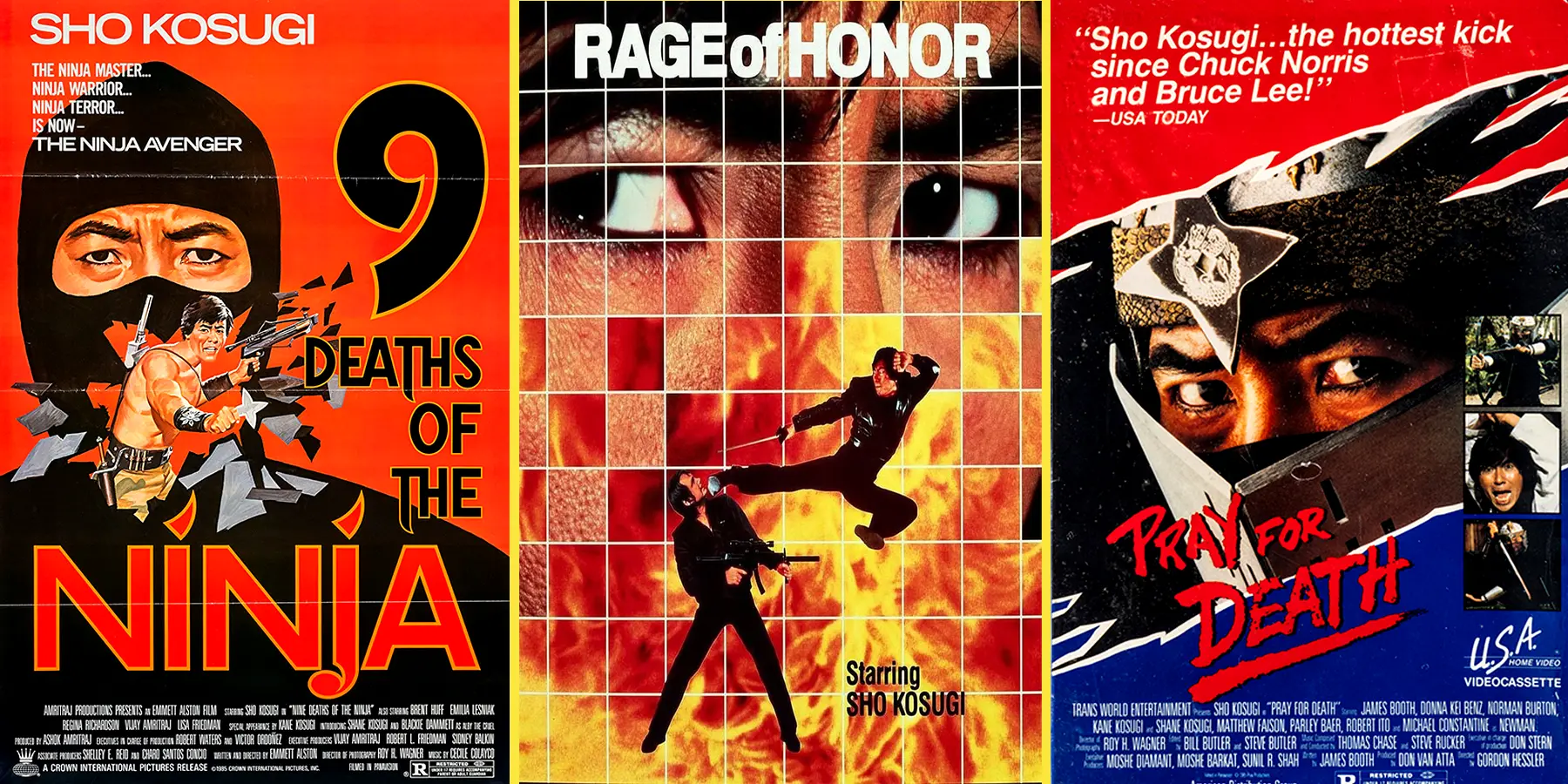The mummies of Guanajuato, Mexico, hold a unique place in both Mexican culture and the world of horror cinema. This eerie collection of naturally mummified bodies has captivated audiences not only as a historical attraction but also as central figures in Mexican horror films, especially in the popular lucha libre genre. Let’s explore the history of these fascinating mummies, their role in Mexican cinema, and their lasting impact on global pop culture.

Historical Facts Surrounding the Guanajuato Mummies
The mummies of Guanajuato offer an unusual glimpse into 19th-century life, death, and burial practices. Their existence owes itself to the specific environmental conditions of Guanajuato, Mexico, that preserved the bodies in an unintentional, yet strikingly complete state.
Origins and Discovery
- Natural Mummification: The bodies in Guanajuato became mummified naturally due to the dry climate and mineral-rich soil of the region. These conditions preserved the bodies of the deceased, giving them a hauntingly lifelike appearance.
- Exhumation and Public Display: In the late 1800s, the local government enforced a burial tax, and when families couldn’t pay, bodies were exhumed and stored near the cemetery. Over time, curious locals began visiting, and by the early 20th century, the mummies had become an informal attraction, leading to the creation of the Museo de las Momias (Museum of the Mummies).
- A Remarkable Collection: Today, the museum houses around 100 mummies of varying ages and conditions, including some mummified infants and what is believed to be the smallest mummy in the world.
Cultural Significance in Mexico
In Mexican culture, the mummies of Guanajuato have become a symbol of the country’s distinctive relationship with death. Although they aren’t directly related to Día de los Muertos, the mummies share the holiday’s themes of mortality, remembrance, and the macabre. This cultural association has made them a popular attraction, drawing hundreds of thousands of visitors every year.

The Mummies’ Impact on Mexican, South American, and World Cinema
The Guanajuato mummies are more than historical relics; they’ve become horror icons thanks to their role in Mexican cinema, where they’ve been transformed into supernatural villains and symbols of ancient curses.
Mexican Horror Cinema
In the 1960s and 1970s, Mexican horror films began incorporating the mummies of Guanajuato as antagonists, blending history, horror, and lucha libre (masked wrestling) heroes in thrilling narratives. These movies helped popularize the mummies in Mexican pop culture, turning them into symbols of terror.

Notable Films Featuring the Guanajuato Mummies
Several influential Mexican horror films have featured the mummies as central characters. Here’s a list of some of the most iconic titles:
- Santo vs. Las Momias de Guanajuato (1970)
- This is the best-known film featuring the mummies, where lucha libre icons Santo, Blue Demon, and Mil Máscaras team up to battle the resurrected mummies.
- Starring: Santo (Rodolfo Guzmán Huerta), Blue Demon (Alejandro Muñoz Moreno), and Mil Máscaras (Aaron Rodríguez).
- Las Momias de Guanajuato (1972)
- Directed by Federico Curiel, this film builds on the mummy theme, incorporating elements of action and horror.
- El Castillo de las Momias de Guanajuato (1973)
- This film features a similar storyline where mummies terrorize the living, adding to the horror legacy of Guanajuato’s preserved dead.
- El Robo de las Momias de Guanajuato (1972)
- Directed by Tito Novaro, this movie combines crime and horror, involving the theft of the mummies and their eventual reanimation.

International Impact of the Mummies on Cinema
The mummies of Guanajuato have transcended Mexican cinema, attracting audiences in Latin America, Spain, and beyond. The films became cult classics, thanks to their unique blend of history, horror, and masked wrestlers as heroes.
The Global Appeal of Mexican Horror
These films, often dubbed or subtitled, introduced the world to a distinct style of horror. Mexican cinema’s lucha libre horror became recognized as a cultural phenomenon, and the mummies themselves became iconic symbols of Mexican horror storytelling.
Exploitation Cinema and the Mummies’ Legacy
The Guanajuato mummies were not only used as horror elements but also symbols of a cultural fascination with death and the macabre. In Mexican exploitation cinema, they were often portrayed as supernatural protectors or avengers, embodying society’s fears and cultural beliefs about the afterlife.
Themes of Revenge and Justice
In these films, the mummies often represented avengers of historical wrongs or protectors of ancient secrets. This narrative reflected societal fears and cultural storytelling traditions, portraying the mummies as more than just mindless villains but as figures of moral justice.
Conclusion: The Enduring Influence of the Guanajuato Mummies
The mummies of Guanajuato have left a lasting legacy in Mexican and world cinema, turning real historical artifacts into legendary horror icons. Their influence on the lucha libre and horror genres has transformed them from preserved bodies into supernatural figures of myth and legend. As both tourist attractions and cinematic icons, the mummies continue to fascinate audiences, merging reality and fiction in a way that only the world of cinema can.
The mummies’ legacy lives on, embodying Mexico’s cultural connection to death and horror, and securing their place as unforgettable symbols in the world of supernatural storytelling.




